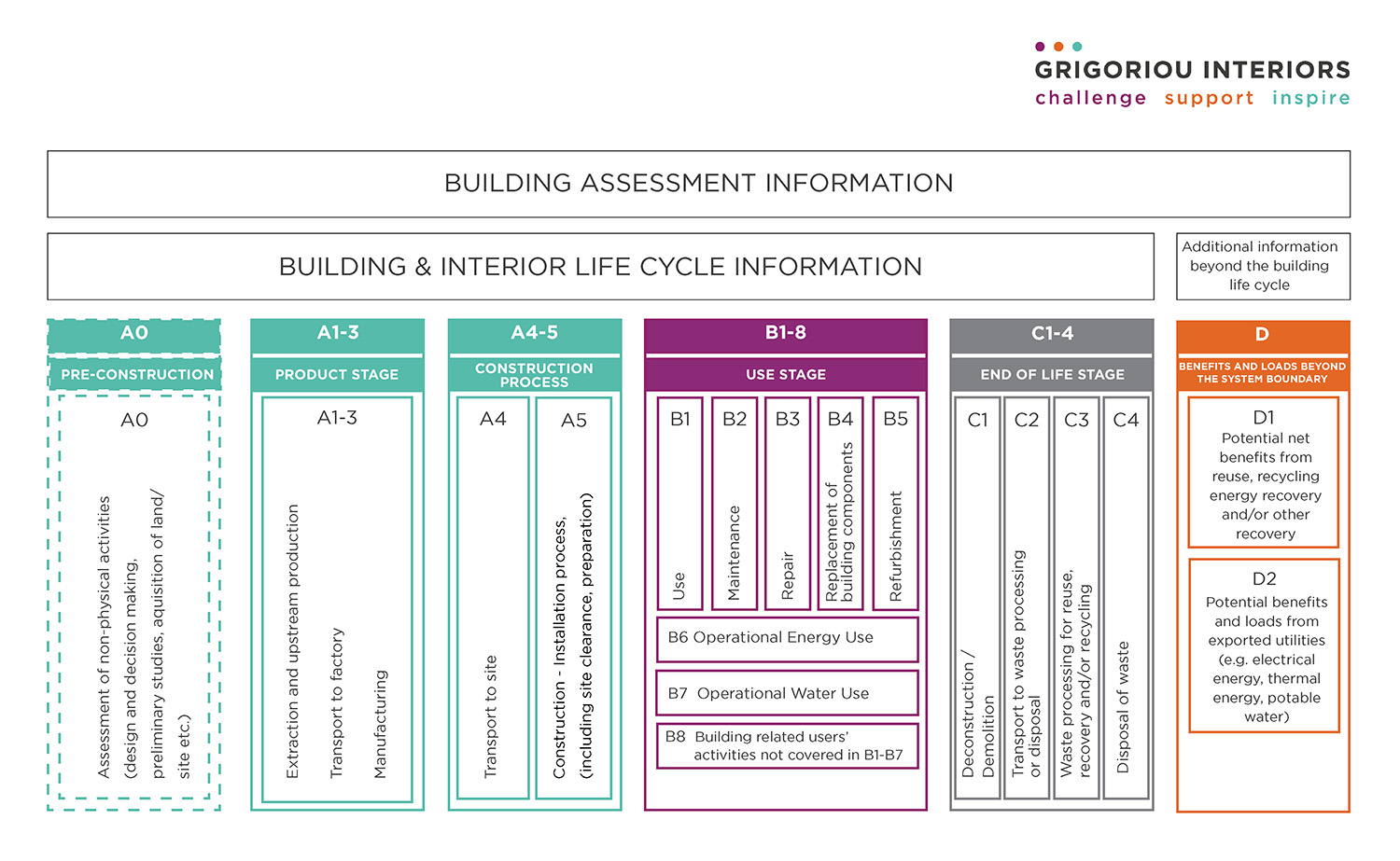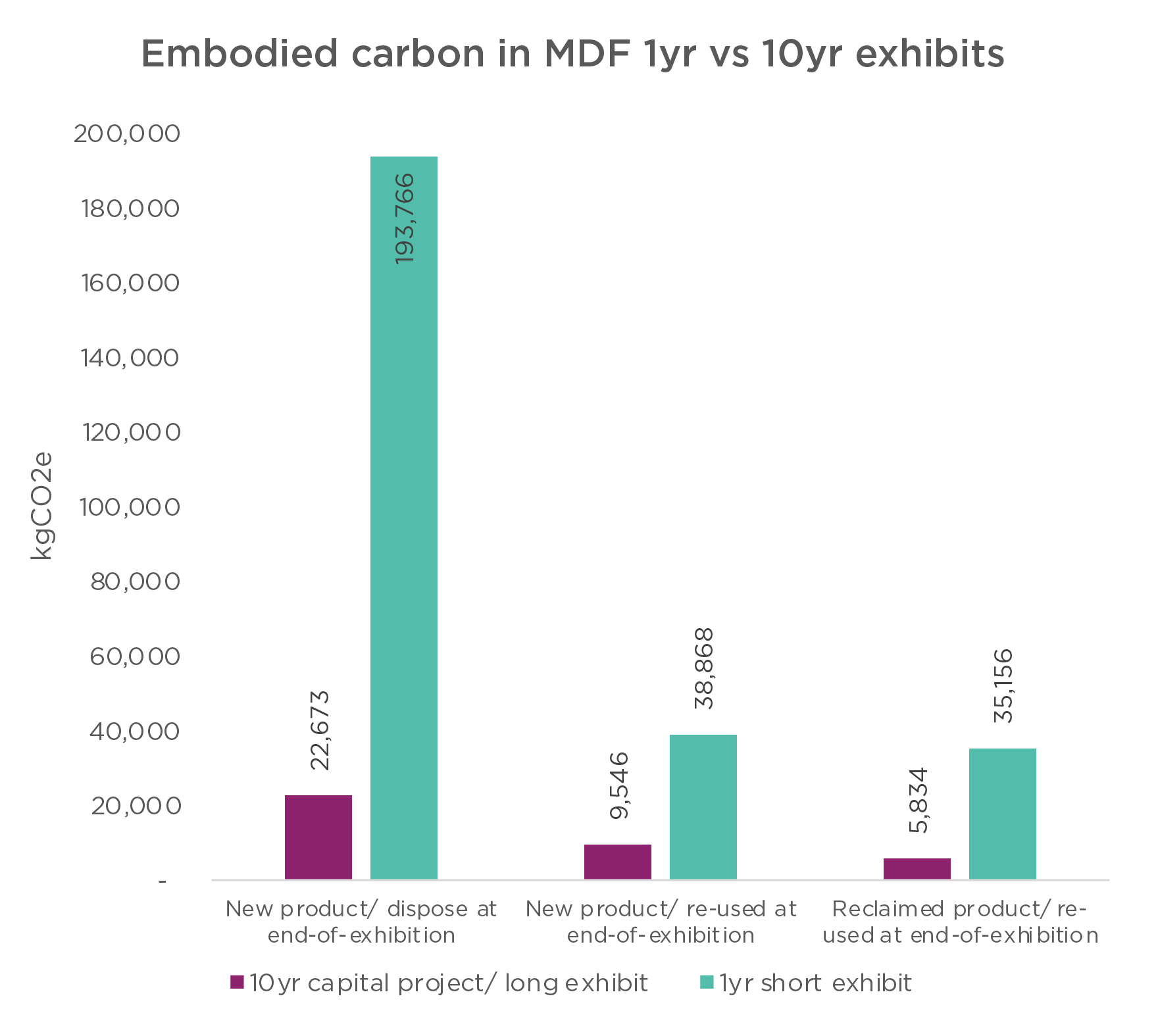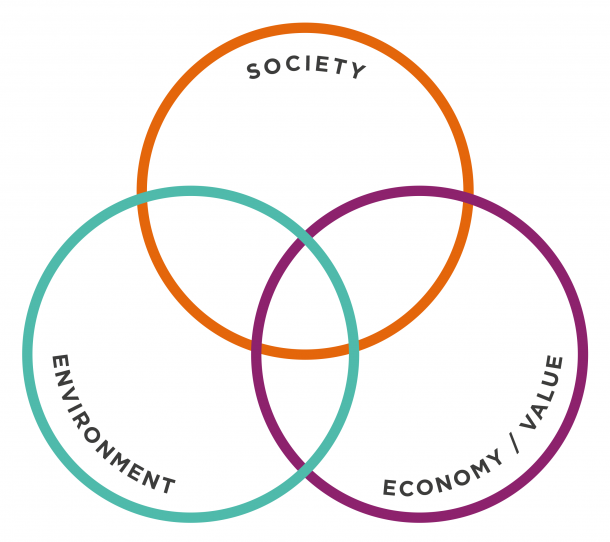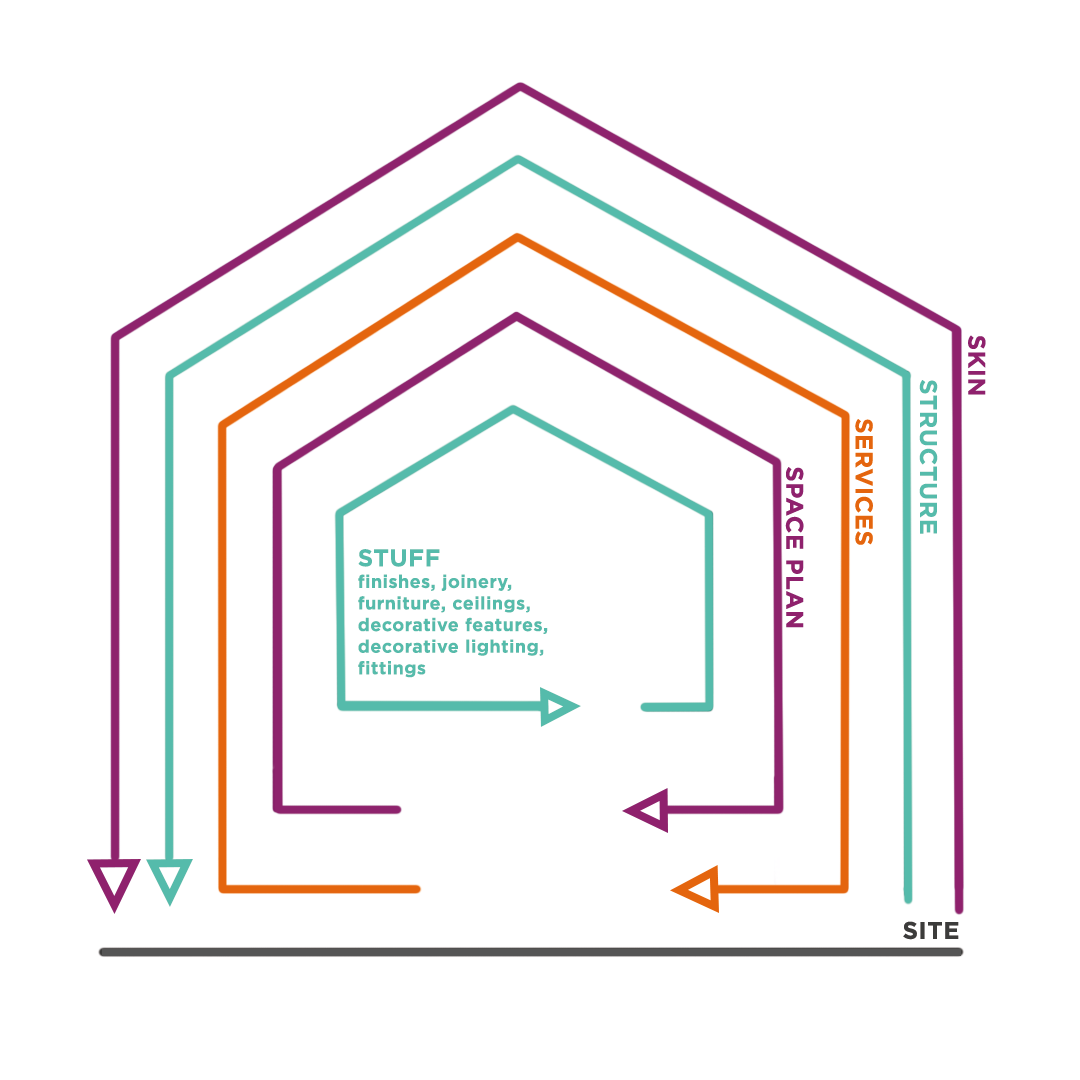Evonne Mackenzie
The V&A has committed to achieving Net Zero emissions by 2035. This includes the impacts from all building design and construction, and operational activities. Within the Design team, this is transforming how we approach the design of buildings, interiors, temporary exhibitions and events.
Over the past few years there have been lots of ideas, discussions and small pilots to develop a more sustainable approach to design internally within Design at the V&A. But to make a real difference, we need to take a systemic approach to our practice outside of individual projects.
While all the designers in the team care about sustainability and are invested in improvement, none of us felt equipped and skilled enough to tackle it. Certainly none of us are experts in embodied carbon or lifecycle analysis, and we often found it hard to make useful comparisons between material options or approaches. With this in mind, we realised we needed to upskill on what information to ask for, and how to understand it.
We asked Elina Grigoriou, from Grigoriou Interiors, to come and talk to us about her ideas.
Elina Grigoriou
I’m an interior designer, sustainability and wellbeing professional who passionately believes that style and sustainability can be mutually inclusive. I was engaged to deliver a series of training sessions on Net Zero and Circularity. Topics we engaged with and tackled included:
- Designing and delivering projects within science-based carbon targets, and setting carbon budgets for short- and long-term projects.
- Working to whole life cycles, rather than just to delivery of the build.
- Understanding how to design out linear processes in material procurement.
- The possibilities of the V&A’s event program to reduce carbon – and how to engage colleagues to develop an evolved approach.
- Simple wins – such as how the storage and trackability of material fire rating performance make a big impact on carbon reduction opportunities.
- How some circular procurement solutions work better than others.
- Designing with the End in Mind.
What do Circularity and Net Zero mean?
The Circular Economy concerns the economic transactions related to having a product or material for a period of time, and Circular Design refers to the ability of a product or material to have unlimited life cycles, through the way it has been designed.
Net Zero means that the amount of carbon generated is consistent with science-based targets to limit warming to 1.5oC, and that the impact of any residual emissions that cannot be eliminated, are neutralised (see more on this from the Carbon Trust).
The V&A Design and Projects teams will be working with embodied carbon targets as a real way of achieving their Net Zero commitment. It is understood, now, that it is not enough to do a little less bad – but how do we work to a carbon budget for each show, each gallery, each year? The first step would be to model ‘typical’ temporary exhibition frequency, and an additional estimate of potential capital projects (gallery refreshes, or new buildings, perhaps) over the period of 60 years. If the maximum interior fit out budget is 300kgCO2/m2, then each exhibition and project is then assigned a relative carbon budget.

Design tools
Designers can now make some assessment of the likely impact of a project in advance, using whole life carbon assessment software such as One Click LCA and Environmental Product Declarations (EPDs). EPDs can be thought of as the equivalent of a meal recipe – and the serving details; they provide details on the environmental impacts of interior and building materials and products. Architects, designers and project managers can gain insight on how much carbon a project or individual material is going to emit.
Examples looked at by the V&A’s teams include comparisons between various sources of a staple material, MDF (Medium Density Fibreboard). The graphs below show the carbon emissions relative to the source of the timber panels. If they are new and not reused, the impact clearly goes beyond affordable science-based carbon budgets. If, however, the material includes reused boards, the carbon weight goes down to more sustainable levels. This process has to be completed step-by-step until one knows if the design and delivery will meet the carbon budget or not.

What is sustainable?
Products and materials cannot be called ‘sustainable’. The only thing that can be described as ‘sustainable’ is an actual decision, or an intention. Place a product, such as a chair, into two different spaces, one a temporary exhibition, the other a permanent gallery, and suddenly the product changes from having a high environmental impactful to ‘green’ and low impact due to the context of time. The chair is still the chair, but the decision based on the amount of time it will be in use has changed its relative environmental impact. All decisions will make an impact, some we can sustain more than others.

Designing in layers
No matter how ‘good’ the products and materials specified by the design teams are, the lifetime duration and frequency of shows, and the downtime between them, create some major problems in enabling Net Zero processes. This is certainly ‘hot potato’ material, but not recognising this aspect is avoiding the elephant in the room. Systemic change is required that involves the events programme, and perhaps neighbouring museums and galleries to collaborate and create a new ‘beat’ of activity, one that is harmonious and connected.

Pace of change
The urgency of the global climate situation is such that we have to take steps towards carbon reduction every day. Plans and programs need to adapt and move quickly, with a constant ‘lesson learned’ approach, where teams do not wait for others around them to confirm they are right before they act, where teams and individuals nudge forwards with the tools and means they have available right here and now. Individually we have to be brave; to take a step forward and lead.
Next steps for the V&A
The training with Elina helped us to unpack various approaches– from design strategies through to sourcing, material analysis and science and evidence-based decision making. We now understand that we’re not going to become the experts, but we know the important questions to ask, and information to try and gather. Alongside developing skills, we are also improving access to information on materials. In our temporary projects, we regularly specify materials, but existing data is not often specific to our needs because we need to assess these in very short lifespans (6 – 9 months, rather than the usual 25+ years). We have been working with Matter of Stuff to produce a library of materials that comes with comprehensive environmental data considered for our specific context. This gives us access to a resource of research and knowledge that we couldn’t cultivate within individual projects, and feeds into our wider thinking. With these first two building blocks of skills and knowledge in place, we’re already starting to talk more ambitiously about the steps we want to take next. We will be incorporating embodied carbon targets into briefs, improving monitoring as well as implementing systemic changes to how we build and procure temporary projects.



Great article and initiatives!